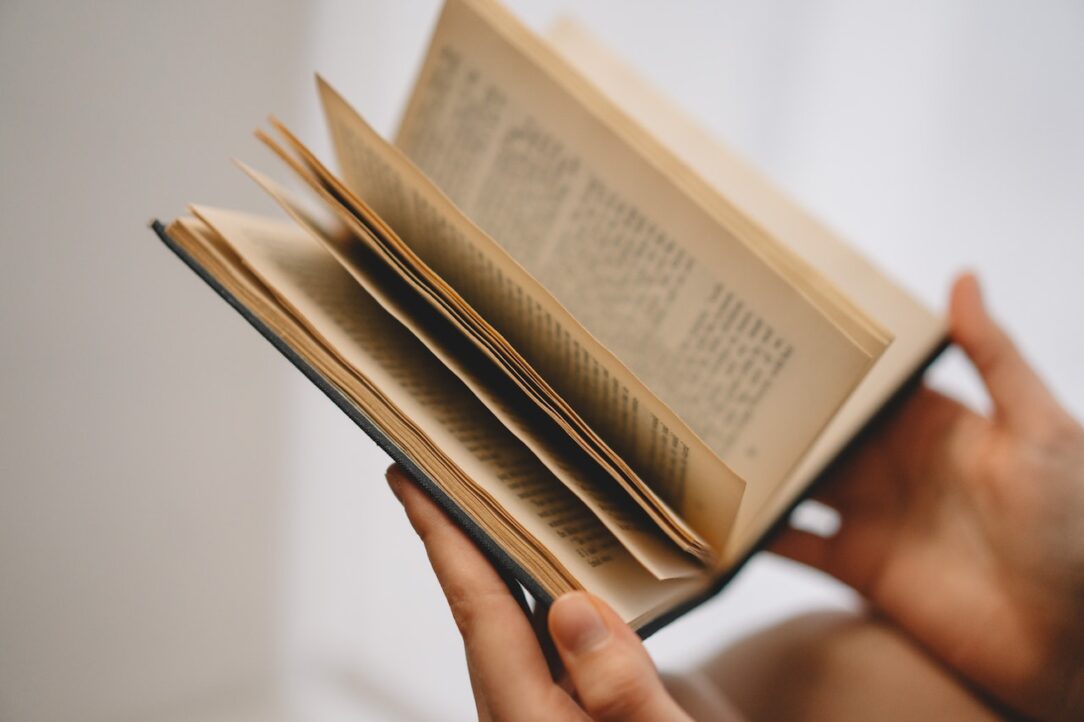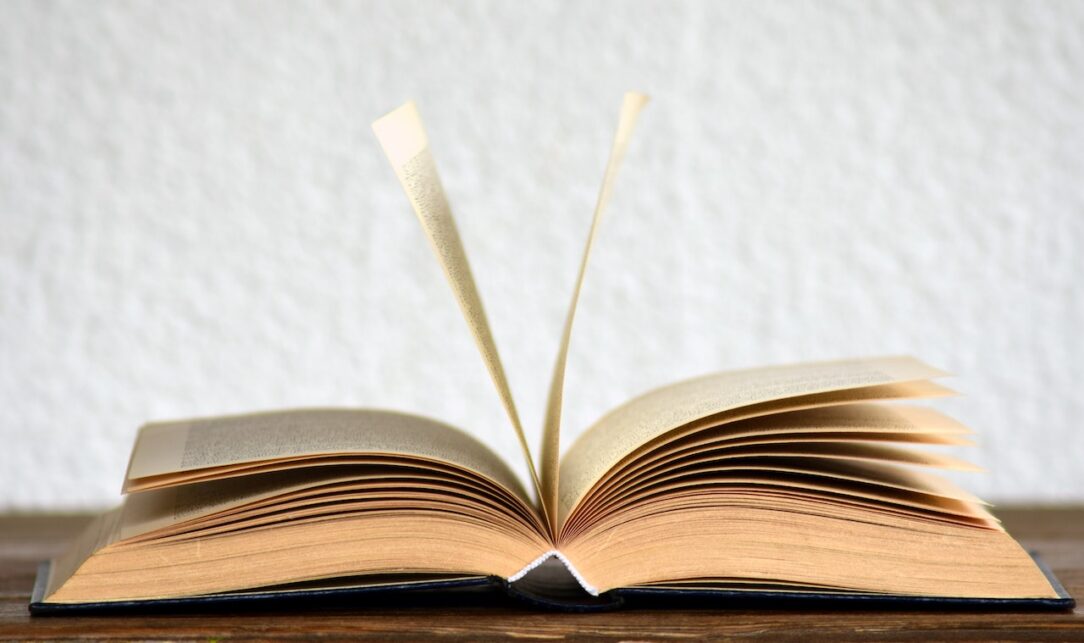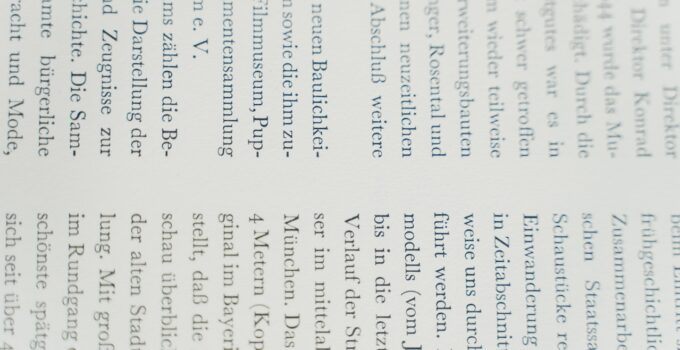The very smell of freshly printed book pages is what most readers cherish in their lives. Almost everybody who has read books realizes the fact that new books have a specific smell which attracts them a lot. Although they might cause a certain number of paper cuts, the pages contain a vast amount of information.
People who are specifically into writing stories, novels, or other forms of content, wish that they can have a book published under their own names. It is never an easy task to get the very first draft of any piece of literature printed immediately. There are multiple factors that come into play.
What To Remember In The Process Of Publishing?
1. Draft Editing

Source: pexels.com
The very first thing that happens in the process of publishing and printing is that the text that is supposed to be converted into a final book is proofread. Proofreading is the process of ensuring that the text has consistency and proper flow, as the author and test readers both want it to be. Moreover, the grammatical errors are also rectified so that the content does not look below par.
Sometimes, a sample set of readers who have sufficient experience in reading and analyzing books are selected. They read the draft and determine whether adrift has the potential to be published or not. Since every publisher gets multiple copies and draft requests, the publisher has to eliminate multiple inferior ones so that only the best quality books are published. It is necessary for the publisher to earn sufficient revenue from the market.
Once the draft is free of errors and plot holes, the publisher may move on with the process of printing. It is vital that you edit out most of the recommendations from the test set of readers that a good publisher consults. It is because the author can have a different vision, but the objective is not to cater to a limited number of people only but to maximize the reach of the book. If you are an experienced author who has previously published books, you might know that the standard procedure is to follow publisher demands. Sticking to your draft entirely can be risky but also authentic.
2. Finalizing Demands

Source: pexels.com
The publisher will ask you for the type of books you want to print after the process of editing. There are multiple types of books to consider. Firstly, there is a traditional hard cover for books which is the most expensive of the lot. The next one is the modern paperback. Standard hard covers generally require time and money to make. The designs will also not be available as they will be for paperbacks. The cover page is an essential part of the book because that is what attracts readers at first. Hiring a good designer to ideate the front cover is going to make a huge difference.
Next, the back cover also has to be planned upon. Usually, the back cover does not have a significant or lucrative design but rather a simpler one. It is because the book’s first impression is the front cover. Once you have attracted the buyer, the write up on the back cover is what will ensure if the buyer will make the purchase or not. Lastly, the publisher will ask you for all the details as to the font size, paper width, page size, font color, paper color, and font style. All these factors can vary with the type of content that is going to be embedded in the book itself. If the content is a fictional story, going for stylish fonts is ideal, while for non fiction, more specific and standard fonts gel well with the content.
3. Printing

Source: pexels.com
It can be challenging to find the best possible publisher at the cheapest rates. Looking for them online is a satisfactory solution. Visit this site to learn more about online printing services. The printing process starts with the laying down of plates. When the plates are laid down, the number of pages to be printed at once is decided. You must keep in mind that the cost of printing rises if the number of pages is increased and if the font size is increased. Faster and priority printing will also end up costing much more than standard printing procedures. Digital printing is also a new revolution. Its quality is not that good compared to the traditional ways of printing the book. However, the costs are way lower. As a beginner, you can surely try out digital printing services.
4. Binding

Source: pexels.com
The most crucial step after the pages have been printed is the binding process. If the binding is not good enough, the probability that it will last for long is a lot less. Proper binding ensures that the pages stay in place properly. Moreover, the next most important feature is the binding of the cover with the pages.
Paperbacks generally do not have a stitch and thread binding. The modern outlook is such that they are simply glued to the bound pages. The hardcover, on the other hand, is usually glued and stitched at the same time. The integrity of such bindings is immense, and they can go on to last for ages if properly maintained and stored in humidity control centers.
Conclusion
The entire process of printing can be tedious to learn about as an author. The expertise of these procedures lies with specialist publishers. However, to know what is best for your book, you must know about all the options and factors that you can consider before finalizing on the printing of the book. Despite the long process of printing a book, one must not forget about the distribution channel. If the book reaches the customers after going through multiple intermediaries, then the price of the book might be mammoth to the buyers.




